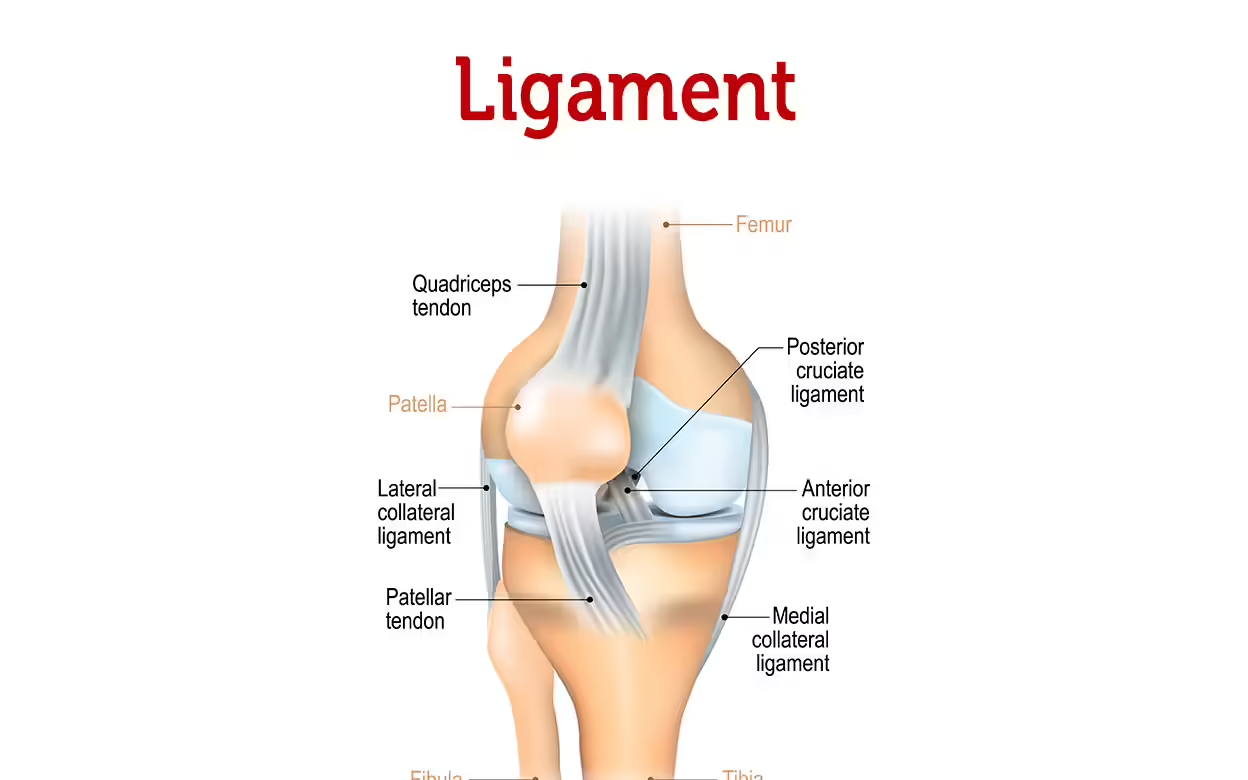
Dr. Sanjay Barik
Knee & Shoulder Surgeon
Meet Our Doctor

Dr. Sanjay Barik
Orthopedic and Joint Replacement Surgeon
Dr. Barik's Orthocare Clinic
- MBBS
- MS - Orthopaedics
Ligament Injuries In Adilabad
- Home
- Quick Links
- Ligament Injuries In Betul
WHAT ARE LIGAMENTS?
Ligaments are made out of the connective tissue that has the lot of strong collagen fibers in it. They are found in the different shapes or sizes in the body. Some look like pieces of a string, others look like narrow and wide bands. There are the arch-shaped ligaments, too.
Ligaments often connect two bones together, particularly in the joints: Like strong, firmly attached straps and ropes, they stabilize the joint and hold the ends of two bones together. This ensures that the bones in the joint don’t twist too much and move too far apart and become dislocated.

Symptoms
Symptoms of ligament injuries may include:
– Pain and swelling
– Instability or feeling of the joint giving way
– Limited mobility or stiffness
– Bruising or discoloration
Causes:
– Sudden stops or changes in direction
– Landing awkwardly from a jump
– Direct blow to the joint
– Overuse or repetitive strain
– Sports injuries (e.g., soccer, basketball, football)
– Trauma (e.g., car accidents, falls)
Ligament injuries
Common ligament injuries include:
1. Anterior Cruciate Ligament (ACL) injury: A tear in the ACL, which connects the femur (thigh bone) to the tibia (shin bone).
2. Posterior Cruciate Ligament (PCL) injury: A tear in the PCL, which also connects the femur to the tibia.
3. Medial Collateral Ligament (MCL) injury: A tear in the MCL, which connects the femur to the tibia on the inner aspect of the knee.
4. Lateral Collateral Ligament (LCL) injury: A tear in the LCL, which connects the femur to the fibula (outer lower leg bone) on the outer aspect of the knee.
Treatment
- Rest: Avoid activities that cause pain or stress to the injured area.
- Ice: Apply ice packs to the injured area for 15-20 minutes every 2-3 hours to reduce swelling and pain.
- Compression: Use an elastic bandage to compress the area, which helps control swelling.
- Elevation: Keep the injured limb elevated above heart level to reduce swelling.


